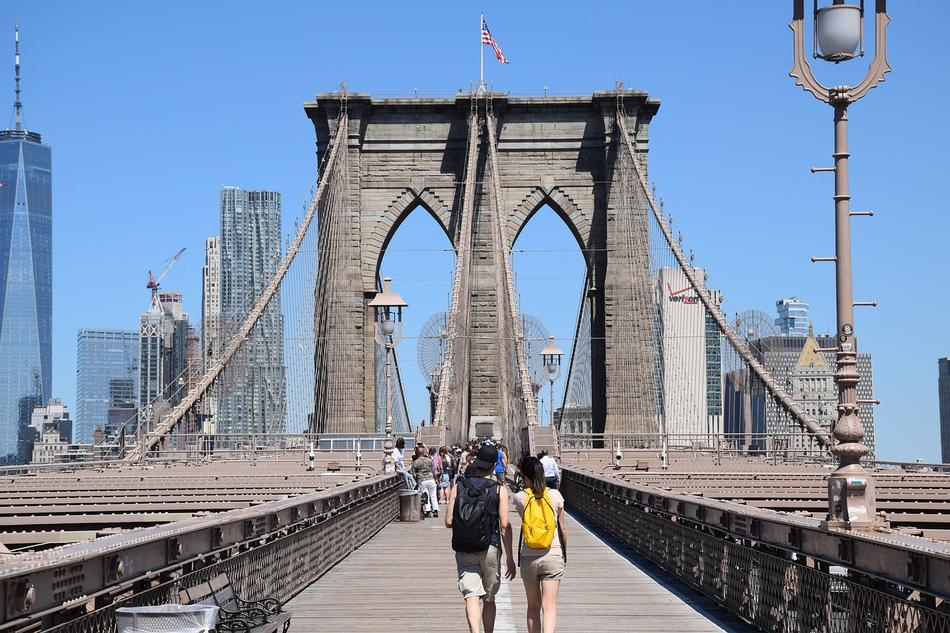Bridge inspectors today evaluate the integrity of suspension cables in much the same way they did when the Brooklyn Bridge opened to traffic back in 1883: they climb on top of the gigantic wire bundles and look for visual signs of deterioration. Needless to say, engineers would prefer a more scientific approach.
Raimondo Betti, a Columbia professor of civil engineering, is developing a new method for detecting corrosion in the cables. To fine-tune his technique, he has built a replica of a suspension bridge cable in the basement of the Mudd Building. Composed of some 9000 steel wires, just like the real thing, the 20-foot-long replica is suspended by a huge steel frame that exerts more than one million pounds of force. The cable withstands a constant barrage of acid rain, extreme cold, heat, and humidity inside an acrylic encasement. Betti has squeezed between the cable's outermost wires tiny sensors that measure temperature, acidity, and humidity and transmit the information to a remote computer that calculates how much corrosion likely has occurred.
Betti is working with the city's department of transportation (DOT) in hopes of installing his sensor system on the Manhattan Bridge within 10 years to help bridge inspectors work more efficiently. Today, when inspectors spot signs of corrosion on a cable they must decide whether or not to loosen the outermost wires and look underneath. That's an expensive and time-consuming operation, even if no wires ultimately need to be replaced.
"Sometimes one or two wires need to be replaced and sometimes hundreds need to be replaced - as occurred on the Williamsburg Bridge when it was shut down for repairs about 20 years ago," says Bojidar Yanev, the head of bridge inspection for the city's DOT. He says that during the past two decades, authorities have spent nearly $1 billion maintaining the Williamsburg Bridge, about $900 million on the Manhattan Bridge, and $600 million on the Brooklyn. "Dr. Betti's work will have applications for suspension bridges around the world."



